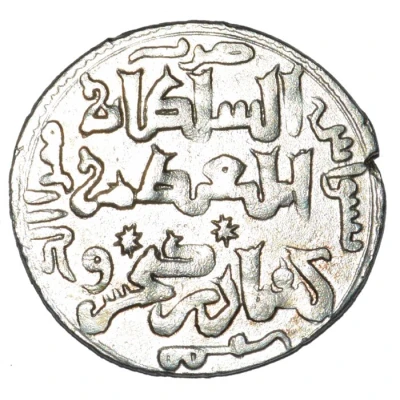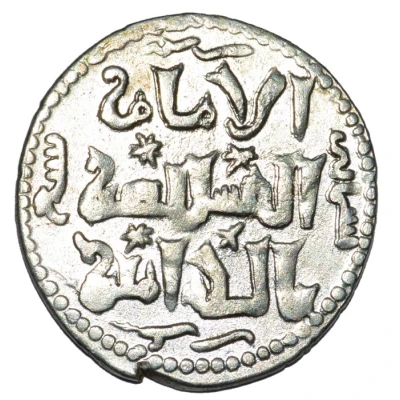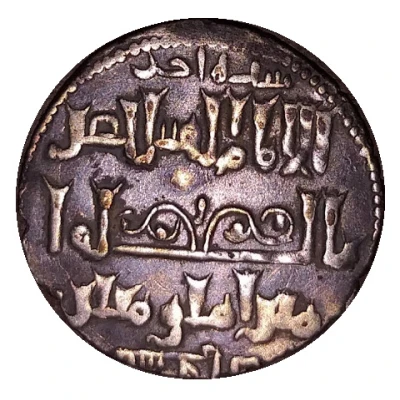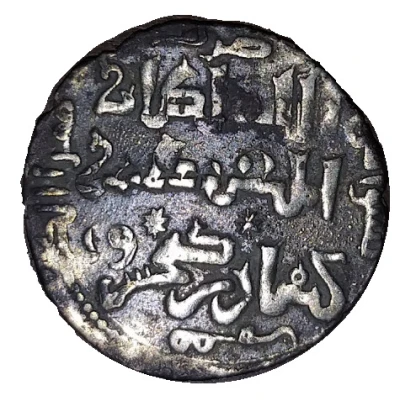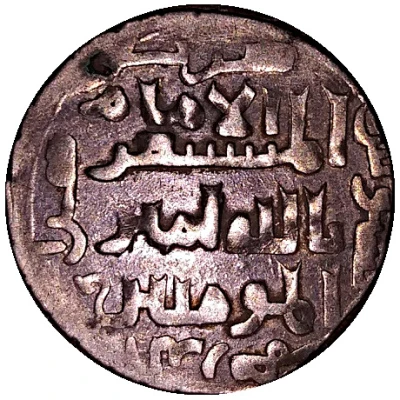
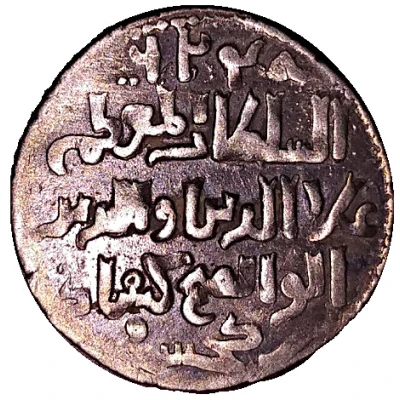

© Giorgi Tsikarishvili
Dirham - Kayqubād I type 2 - Sivas
624 (1220-1237) years| Silver | - | 28 mm |
| Issuer | Rûm Sultanate |
|---|---|
| Sultan | Kayqubad I (1220-1237) |
| Type | Standard circulation coin |
| Year | 624 (1220-1237) |
| Calendar | Islamic (Hijri) |
| Value | 1 Dirham (0.7) |
| Currency | Dinar (1016-1308) |
| Composition | Silver |
| Diameter | 28 mm |
| Shape | Round (irregular) |
| Technique | Hammered |
| Demonetized | Yes |
| Updated | 2024-10-05 |
| Numista | N#175372 |
|---|---|
| Rarity index | 94% |
Reverse
Script: Arabic
Comment
Kayqubad I or Alā ad-Dīn Kayqubād bin Kaykāvūs was the Seljuq Sultan of Rûm who reigned from 1220 to 1237. He expanded the borders of the sultanate at the expense of his neighbors, particularly the Mengujek Beylik and the Ayyubids, and established a Seljuq presence on the Mediterranean with his acquisition of the port of Kalon Oros, later renamed Ala'iyya in his honor. The sultan, sometimes styled "Kayqubad the Great", is remembered today for his rich architectural legacy and the brilliant court culture that flourished under his reign.Kayqubad's reign represented the apogee of Seljuq power and influence in Anatolia, and Kayqubad himself was considered the most illustrious prince of the dynasty. In the period following the mid-13th century Mongol invasion, inhabitants of Anatolia frequently looked back on his reign as a golden age, while the new rulers of the Anatolian beyliks sought to justify their own authority through pedigrees traced to him.
https://en.wikipedia.org/wiki/Kayqubad_I
Interesting fact
One interesting fact about the Standard circulation coin Dirham - Kayqubād I (type 2 - Sivas) 624 (1220-1237) from Rûm Sultanate made of Silver is that it features a unique blend of Islamic and Mongolian influences in its design. The coin's obverse side features an inscription in Arabic script, while the reverse side features a stylized depiction of a Mongolian horseman, reflecting the cultural exchange and blending that occurred during the period of Mongolian rule in the region.
